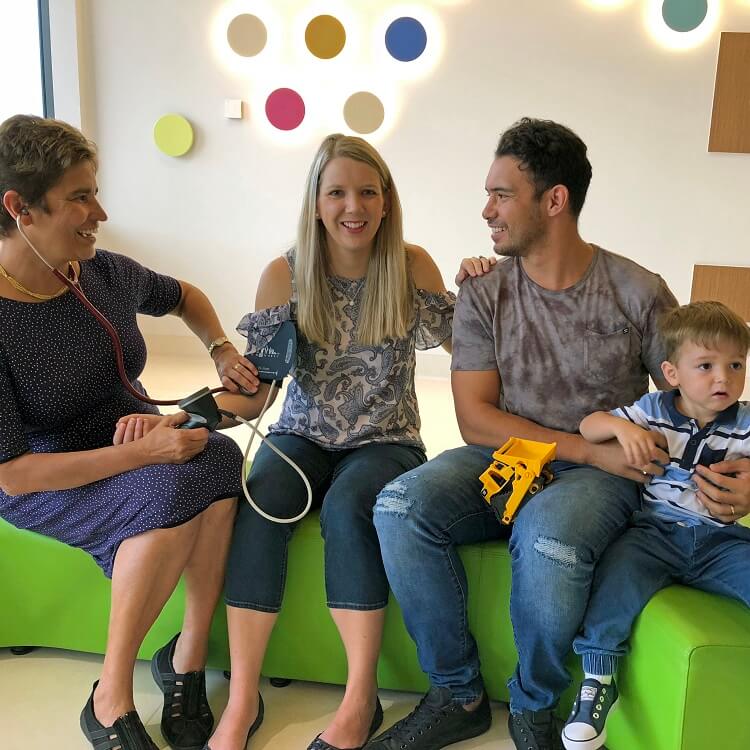Search
Research
The prevalence of and potential risk factors for Developmental Language Disorder at 10 years in the Raine StudyThis study sought to determine the prevalence of Developmental Language Disorder (DLD) in Australian school-aged children and associated potential risk factors for DLD at 10 years.
Research
Creating Equitable Opportunities for Language and Literacy Development in Childhood and AdolescenceThe majority of children acquire language effortlessly but approximately 10% of all children find it difficult especially in the early or preschool years with consequences for many aspects of their subsequent development and experience: literacy, social skills, educational qualifications, mental health and employment.
Research
Sex-specific associations between umbilical cord blood testosterone levels and language delay in early childhoodPreliminary evidence suggests that prenatal testosterone exposure may be associated with language delay.
Research
Maternal Serum Vitamin D Levels During Pregnancy and Offspring Neurocognitive DevelopmentNew research links poor language to lack of Vitamin D in womb.
Research
Joint attention and parent-child book readingGood language development is an integral component of school readiness and academic achievement.

News & Events
ORIGINS reaches key milestoneORIGINS, a collaboration between The Kids and the Joondalup Health Campus, has achieved a major milestone – recruiting its 1000th family.

The Human Development and Community Wellbeing Team conducts research across the lifespan from conception, childhood, and youth to adulthood and the social determinants that impact and influence outcomes. The team’s focus is on the broader life course of individuals and communities within the family, school, and online environments, and includes economic evaluation of programs and outcomes.
Research
Online health literacy resources for people with intellectual disability: protocol for a grey literature scoping reviewPeople with intellectual disability are at risk of poor physical and mental health. Risks to health are compounded by poor health literacy, that is, reduced capacity to access health services, respond quickly to changes in health status and navigate care pathways. Building health literacy skills is a strength-based way to increase health and optimise the use of healthcare services. The internet is a primary source of health information for many people, including people with intellectual disability and their families.
Research
Screen Time and Parent-Child Talk When Children Are Aged 12 to 36 MonthsGrowing up in a language-rich home environment is important for children's language development in the early years. The concept of "technoference" (technology-based interference) suggests that screen time may be interfering with opportunities for talk and interactions between parent and child; however, limited longitudinal evidence exists exploring this association.
Research
Arcuate fasciculus and pre-reading language development in children with prenatal alcohol exposurePrenatal alcohol exposure (PAE) contributes to widespread neurodevelopmental challenges, including reading, and has been associated with altered white matter. Here, we aimed to investigate whether arcuate fasciculus development is associated with pre-reading language skills in young children with PAE.
